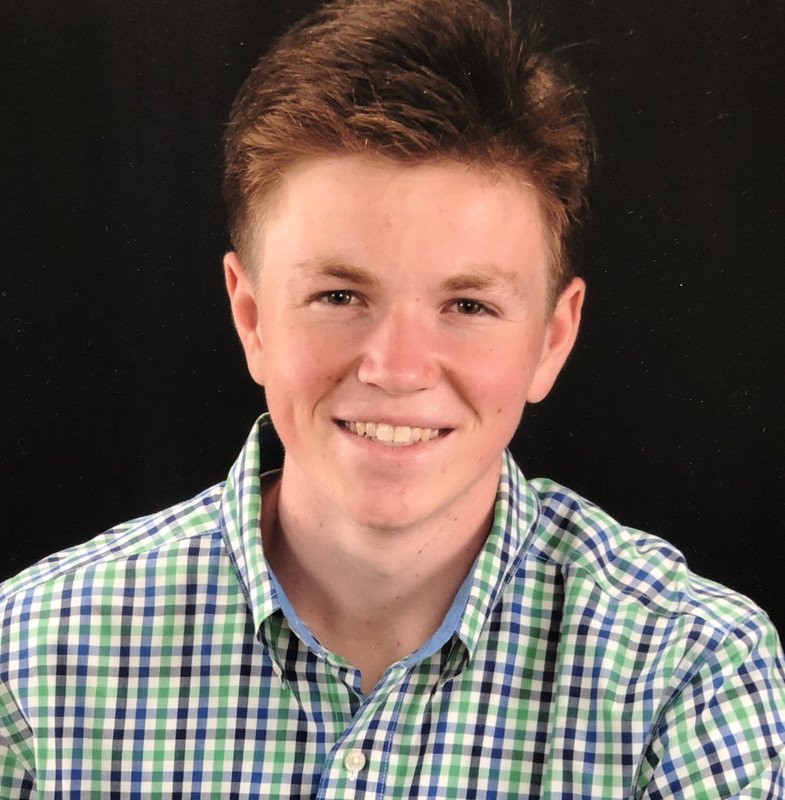CausalTwin
CausalTwin
Stanford University
Improving Ballast Tank Inspections for the U.S. Navy
The Team
Kyle Orciuch
• Co-Founder & CEO, CausalTwin, Inc.
• MS in Computer Science (2024), UT Austin
• BS in Computer Science, Stanford
Ghassan Oueidat
• Co-Founder & CTO, CausalTwin, Inc.
• BE in Mechanical Engineering
Karim Tabaja
• MBA Candidate, Stanford
Philip Lambert
• MS in Statistics Candidate, Stanford
• BS in Mathematics and Computational Science, Stanford
• BS in Symbolic Systems, Stanford
Shubh Gupta
• PHD in Electrical Engineering Candidate, Stanford
Problem Sponsor
Kirk Jenne and Vinoj Zachariah of NAVSEA 21, Washington, D.C.
Original Problem Statement
The NAVSEA21 maintenance team needs an automated way to inspect ballast tanks in order to accurately predict the level of repair required and maintenance timelines.
Beneficiary Discovery Interviews
95
The Innovation
Background
Kyle studied computer science with a concentration in artificial intelligence at Stanford. The summer going into his senior year, Kyle interned as a data scientist at veteran-owned start-up Second Front Systems. There, he learned about the painstakingly difficult US government acquisition and software accreditation processes. During his half-year internship, he built a data-mining tool to supplement Second Front's acquisition decision support system, Atlas Fulcrum, in order to identify and evaluate brand-new US-based start-ups before adversarial investors could get their hands on them.
Ghassan received his Bachelor of Engineering in Mechanical Engineering from the American University of Beirut and specialized in Control systems, robotics, and mechanical design. In addition to experience as a researcher and engineer, Ghassan founded Asymptotic Robotics Inc. to produce modular structural maintenance robots aimed at facade cleaning for high-rises and skyscrapers while eliminating the use of water and detergents.
Kyle and Ghassan, along with Karim Tabaja, Philip Lambert, and Shubh Gupta, formed "Team Ankabot” for the Spring 2022 H4D course at Stanford.
The Solution
The team took on an Office of Naval Research-sponsored problem headfirst to investigate methods of improving ballast tank inspections. The 10-weeks of Lean Launchpad problem validation, customer discovery, and rapid prototyping processes unexpectedly revealed that the US Navy was experiencing a crisis of vessel maintenance availability delays.
After over 100 interviews with over 25 organizations, the team determined that an unmanned underwater vehicle deployment could realistically enable the Navy to perform ballast tank inspections—both impromptu and planned—during a pierside availability when the tanks are filled, thus removing the requirement for dry-docking period. Implementing this fleet-wide still to this day has the potential for significantly increasing operational readiness, reducing sustainment and maintenance costs, and empowering personnel at regional maintenance centers across the country.
Presentation
CausalTwin’s Experience:
From H4D to H4XLabs
Filling In the Missing Piece
While the team thought that they had achieved product-market fit with their concept by the end of the class, they quickly realized that the hardware already existed and could be bought from established providers such as Deep Trekker and Video Ray. However, Kyle realized that what lacked was a hardware-agnostic software component to securely and easily store the captured data and accompanying inspector annotations.
Fast-forwarding to summer of 2022, the team entered BMNT's H4X Labs summer accelerator to continue studying the problem and finding a path towards commercialization of a software solution. Using a grant from the Common Mission Product, the student team incorporated as CausalTwin, Inc. in July with Kyle as CEO and Ghassan as CTO and made it as finalists in the NSIN Starts Naval Tank Inspection Challenge in September 2022.
The demo days for this challenge involved inspecting an unfilled void inside the USS Midway aircraft carrier in San Diego, CA. To simulate a submersible solution, the team flew first person view drones to perform corrosion and structural assessments with data being handed off to an off-site inspector for analysis.
The team discovered from its improvised workflow on the carrier that indoor localization and navigation, obstacle avoidance, video file management, and report generation were the main pain points in the process. This is why Kyle and Ghassan are now pushing for building a cloud-based software platform to better streamline the aggregation of different sensory streams from unmanned aerial and underwater vehicles to better automate computer vision analysis pipelines and the subsequent generation of maintenance reports.
Moving Forward
H4D alumni Kyle Orciuch and Ghassan Oueidat are now continuing their H4D work to help the US Navy improve ballast tank inspections with their new startup, CausalTwin, Inc.
To learn more about CausalTwin, Inc., you can visit their website.





